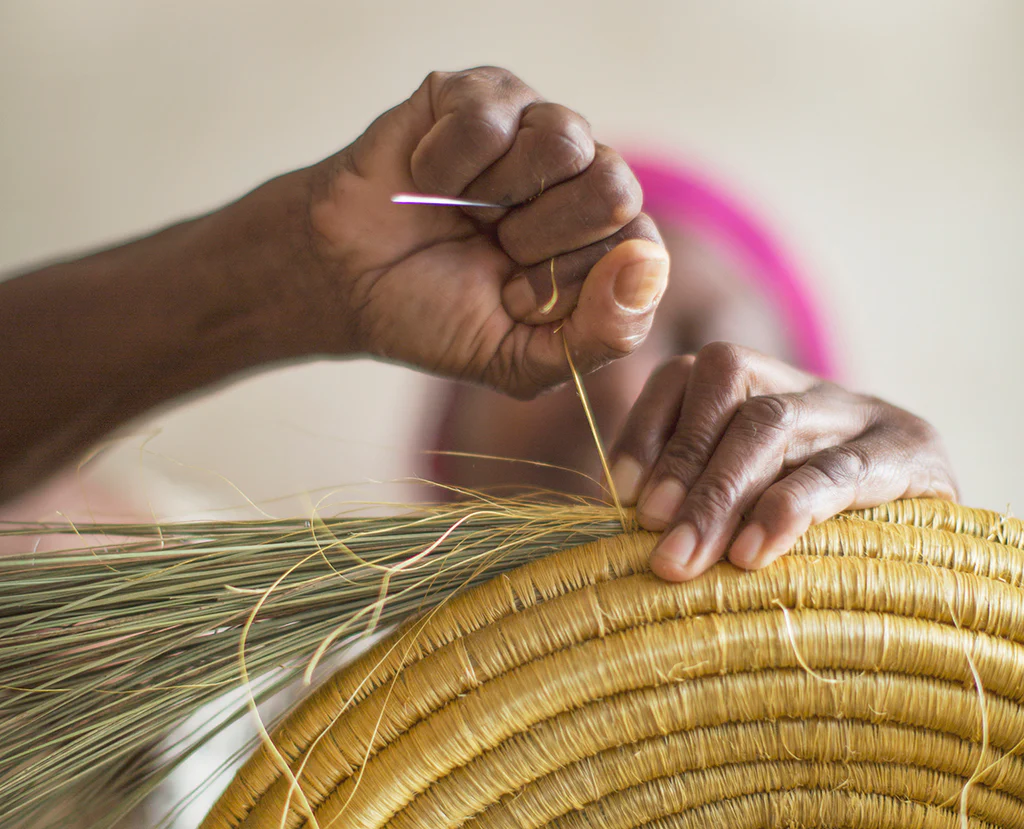khakisofirvington.com – In the lush, verdant landscapes of Bururi Province, Burundi, cotton weaving is more than just a craft; it is a deeply ingrained tradition that has been passed down through generations. This art form, which combines the natural beauty of locally grown cotton with the skillful hands of Burundian artisans, has become a symbol of cultural heritage and a testament to the region’s rich history.
The Historical Roots of Bururi Cotton Weaving
Cotton weaving in Bururi has its origins in the ancient practices of the local communities. For centuries, the people of Bururi have cultivated cotton and transformed it into textiles using traditional techniques. These skills have been honed over time, with each generation adding its own unique touch to the craft. The result is a tapestry of tradition that reflects the resilience and creativity of the Burundian people.
The Art of Weaving
The process of weaving cotton in Bururi is both an art and a science. It begins with the cultivation of cotton, which is grown using sustainable agricultural practices that have been refined over generations. Once harvested, the cotton is cleaned, spun into threads, and then dyed using natural pigments derived from plants and minerals.
The weaving itself is a meticulous process that requires patience, precision, and a deep understanding of the material. Artisans use traditional looms, many of which are handmade from local wood, to weave the threads into intricate patterns and designs. These designs often carry cultural significance, telling stories of Burundian life, history, and mythology.
The Economic Impact
Bururi cotton weaving is not only a cultural treasure but also an important economic activity. The sale of woven textiles provides a significant source of income for local artisans and their families. These textiles are used for a variety of purposes, from clothing and accessories to home decor, and are highly valued for their quality and craftsmanship.
The industry also supports the local economy by creating jobs in related sectors such as agriculture, dyeing, and marketing. As the demand for authentic, handcrafted products grows, both locally and internationally, the economic potential of Bururi cotton weaving continues to expand.
Challenges and Opportunities
Despite its cultural and economic significance, Bururi cotton weaving faces several challenges. These include competition from mass-produced textiles, limited access to markets, and the need for modernization to meet growing demand. However, there are also opportunities for growth and innovation.
Efforts are being made to promote Bururi cotton weaving both within Burundi and on the global stage. These include the development of cooperatives and associations that support artisans, the introduction of training programs to preserve traditional techniques while incorporating modern design elements, and the establishment of online platforms to reach a wider audience.
Conclusion
Bururi cotton weaving is a vibrant expression of Burundian culture and a living legacy of the region’s rich history. As the artisans of Bururi continue to weave their stories into every thread, they are not only preserving a tradition but also creating a pathway to a sustainable future. The tapestry of Bururi cotton weaving is a testament to the enduring spirit of the Burundian people, who are weaving their way into the hearts of people around the world.
